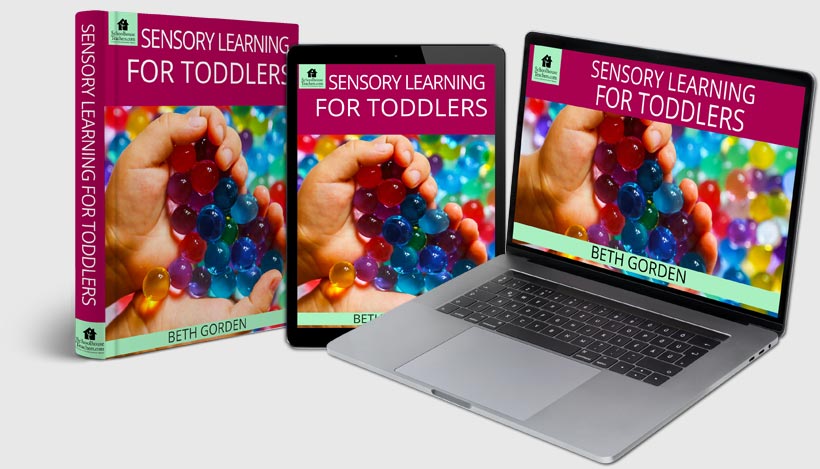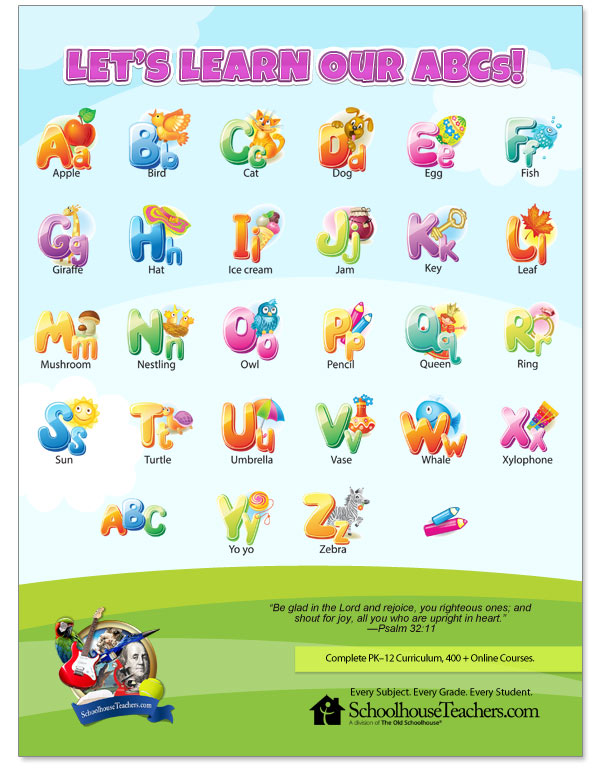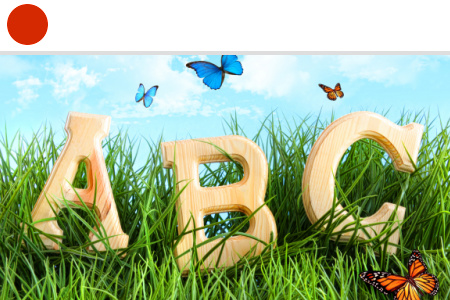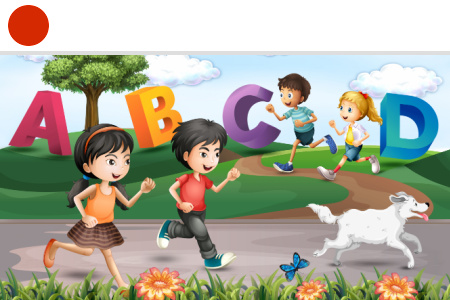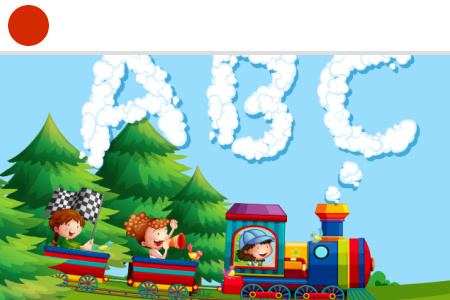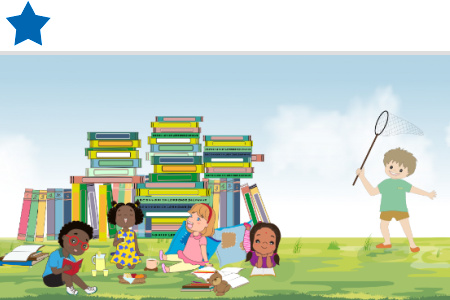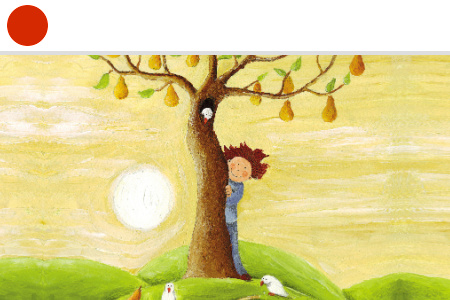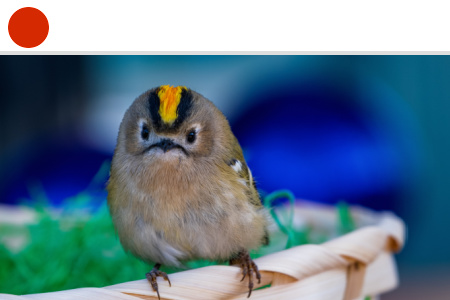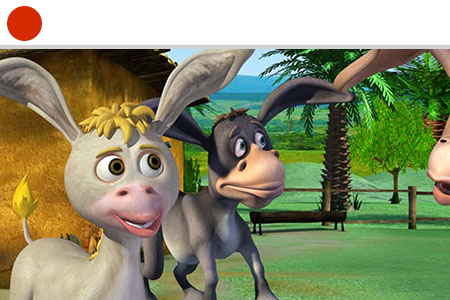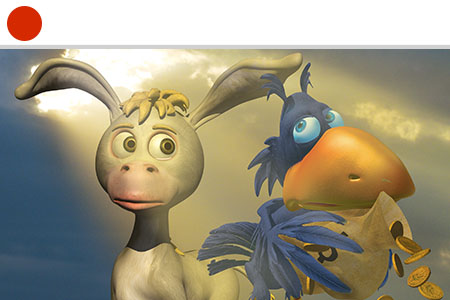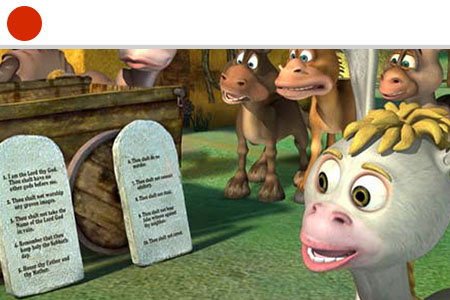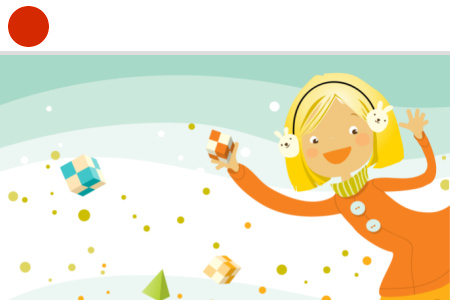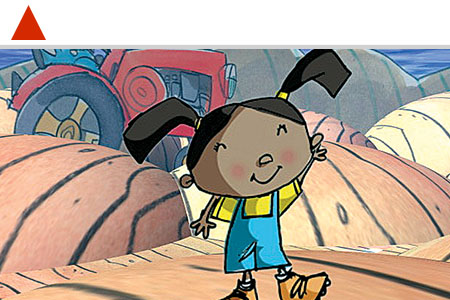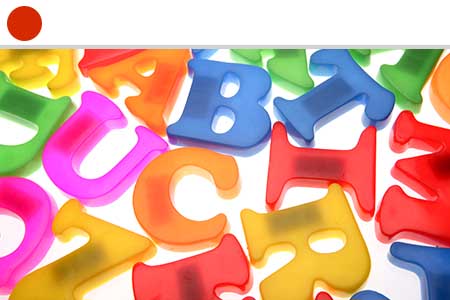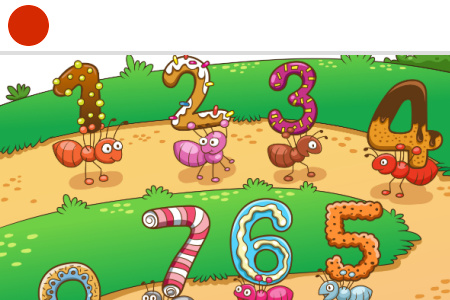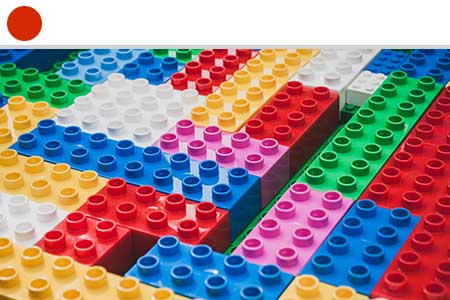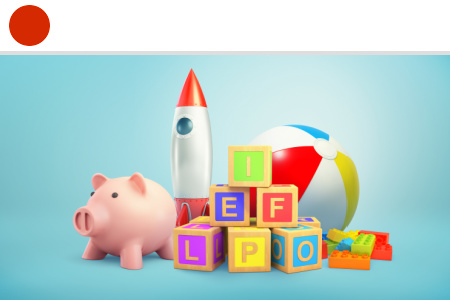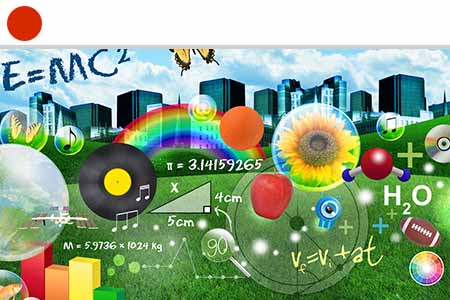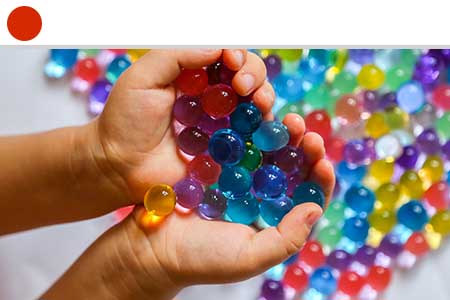More About Our Sensory Learning for Toddlers Homeschool Language Arts Course
Playing and Learning My ABCs
Hands-On Weekly Lessons for Toddlers and Preschoolers from A to Z
This Sensory Learning for Toddlers homeschool language arts course introduces young learners to the world around them while they have fun learning their ABCs.
The course is 26 weeks long—one week for each letter of the alphabet—and was intentionally designed to accommodate both toddlers and preschoolers for two reasons. First, homeschoolers don’t always have the time to teach each child independently. Having more cooperative lessons allows homeschooled siblings to benefit from learning together. Secondly, each child develops at his or her own pace. Some children do 50-piece puzzles at age 3 but can’t put together a sentence. It usually works itself out.
Each Sensory Learning for Toddlers lesson is carefully laid out to minimize the amount of time needed for preparation—homeschooling moms are BUSY! Expect the homeschool language arts course to take 30-60 minutes. Play is crucial for young children to learn as they explore the world around them. These weekly lessons will be a springboard for the young child’s imagination. For those who want to integrate additional worksheets, links are included when available.
The weekly Sensory Learning for Toddlers homeschool language arts lessons include:
Books
Five different books are suggested for each week. Presenting materials to young learners in a variety of formats is important for developing a good understanding, appreciation, and rich vocabulary. Consider reading each book several times over the course of the week—this is important for pre-readers. Add a new book each day or just read them all at various times over the course of the week.
Craft
There is a weekly craft based on the homeschool language arts theme. Crafts are not only fun, they’re important for toddlers and preschoolers to strengthen their fine motor skills (necessary for writing).
Activities
Hands-on activities allow these energetic learners to interact with the material. Lots of sensory exploration ideas are included, as these stimulate different areas of young children’s brains.
Math & Science
Early math and science skills are incorporated throughout. Even at this early age, homeschool students can begin to grasp measurement and the scientific method. During everyday interaction with children, try to count objects, use terms like “greater than” or “fewer,” allow them to help measure during cooking, ask them to make a hypothesis of what will happen if they try something, and so on. Children are naturally curious and eager learners!
Language Arts
Children are introduced to each letter of the alphabet through these homeschool language arts lessons. Consider doing extra practice with preschoolers such as Uppercase Alphabet Color & Trace Sheets or Preschool Packs. Have the preschooler write their name on everything they do to practice their name, and write the toddler’s name to help them begin to recognize their name in print. Point out letters when out and about and go on letter hunts, but most of all read at least five books a day. Providing a language-rich environment is key to the young learner’s language, writing, and reading development.
Play
Children need lots of opportunities to play. By introducing new topics or ways of playing, parents can encourage young minds to grow and think critically. Make sure to play, too! Many kids play well independently, and that’s important, but make sure to take advantage of the privilege of playing with young children during this fleeting moment in time.
Additional Activities
Not all activities are good fits for every homeschool family. Each child is unique—that’s a good thing! These additional activities give some choices or ways to expand the week if time allows.


